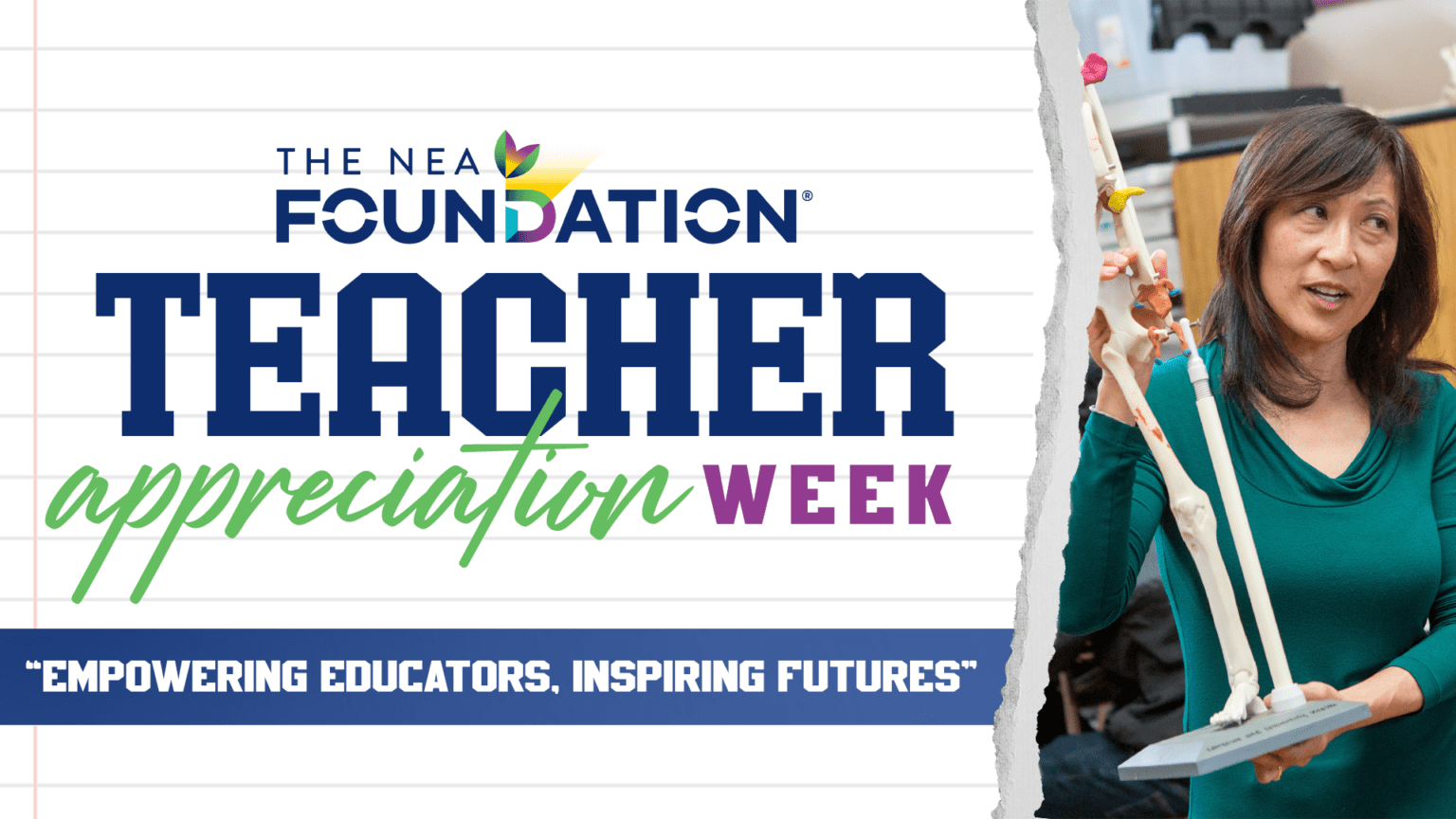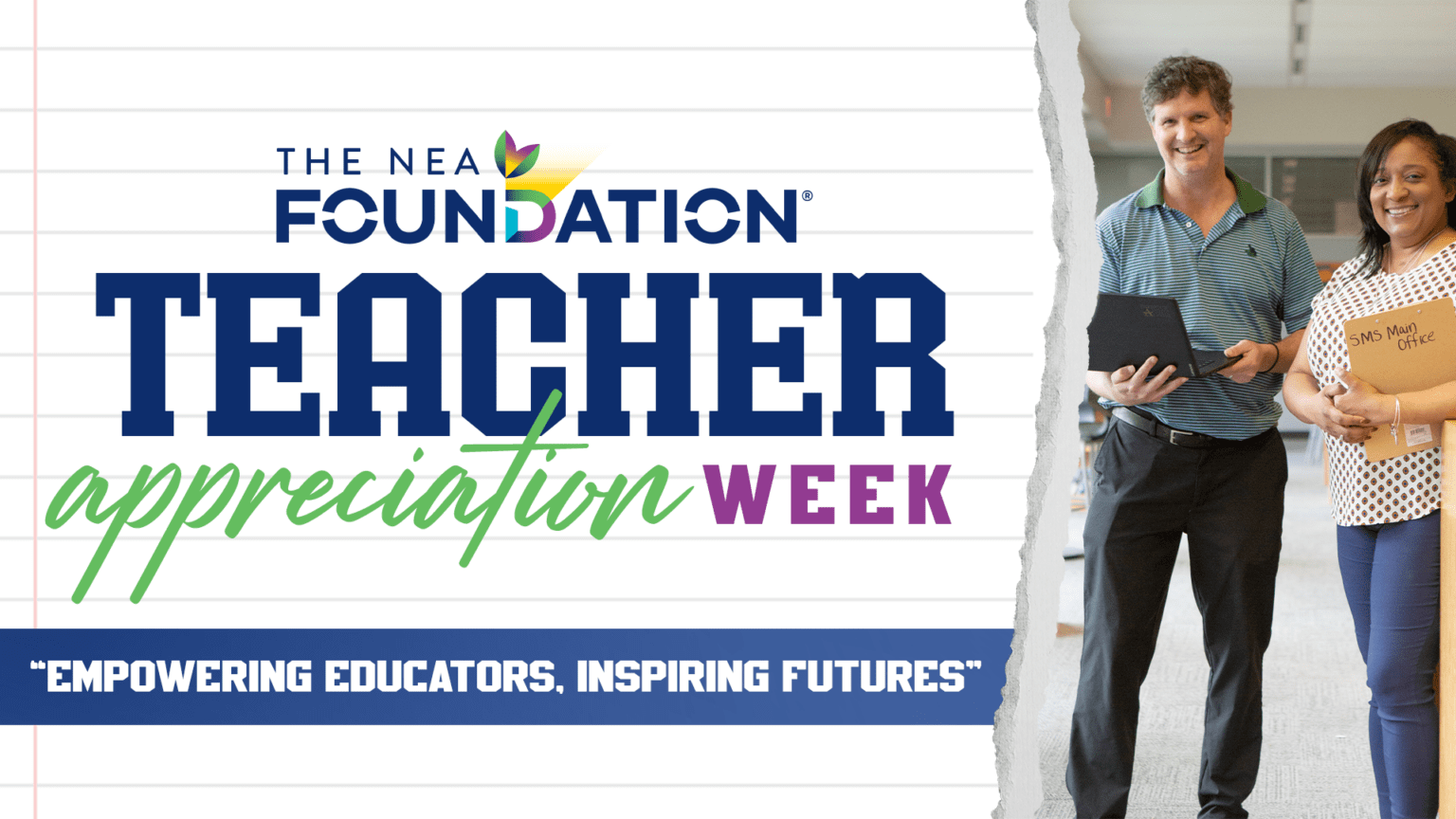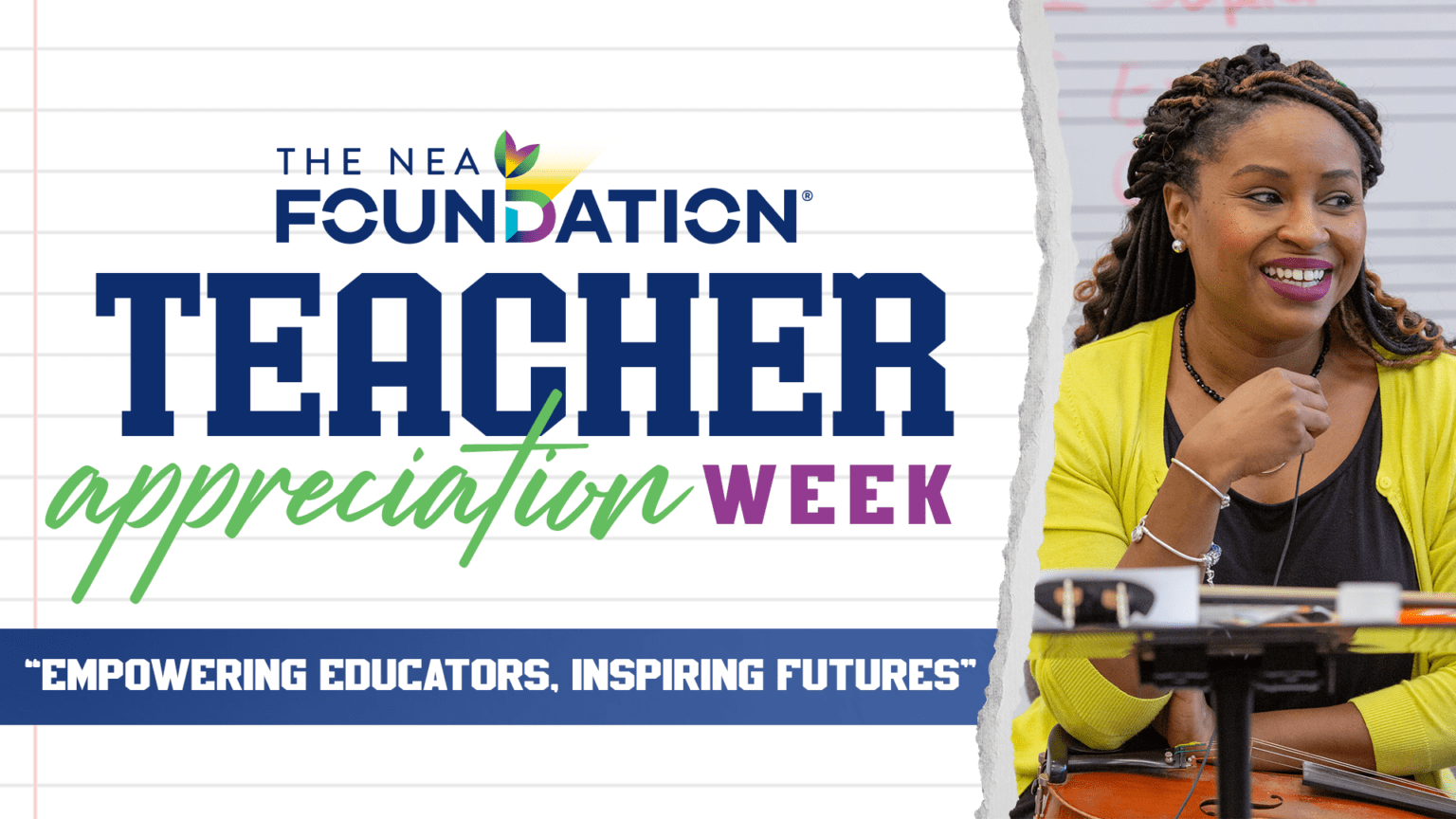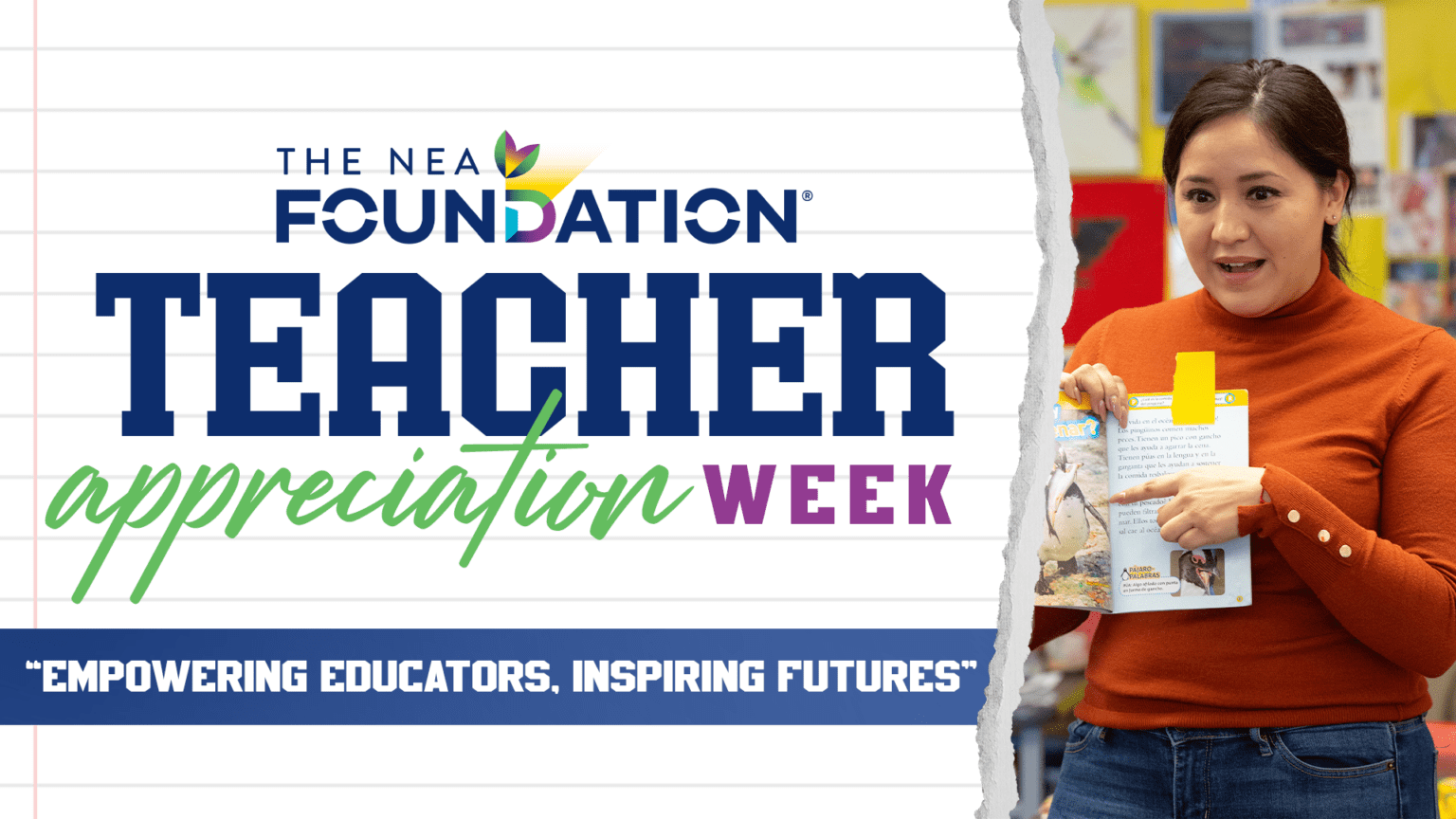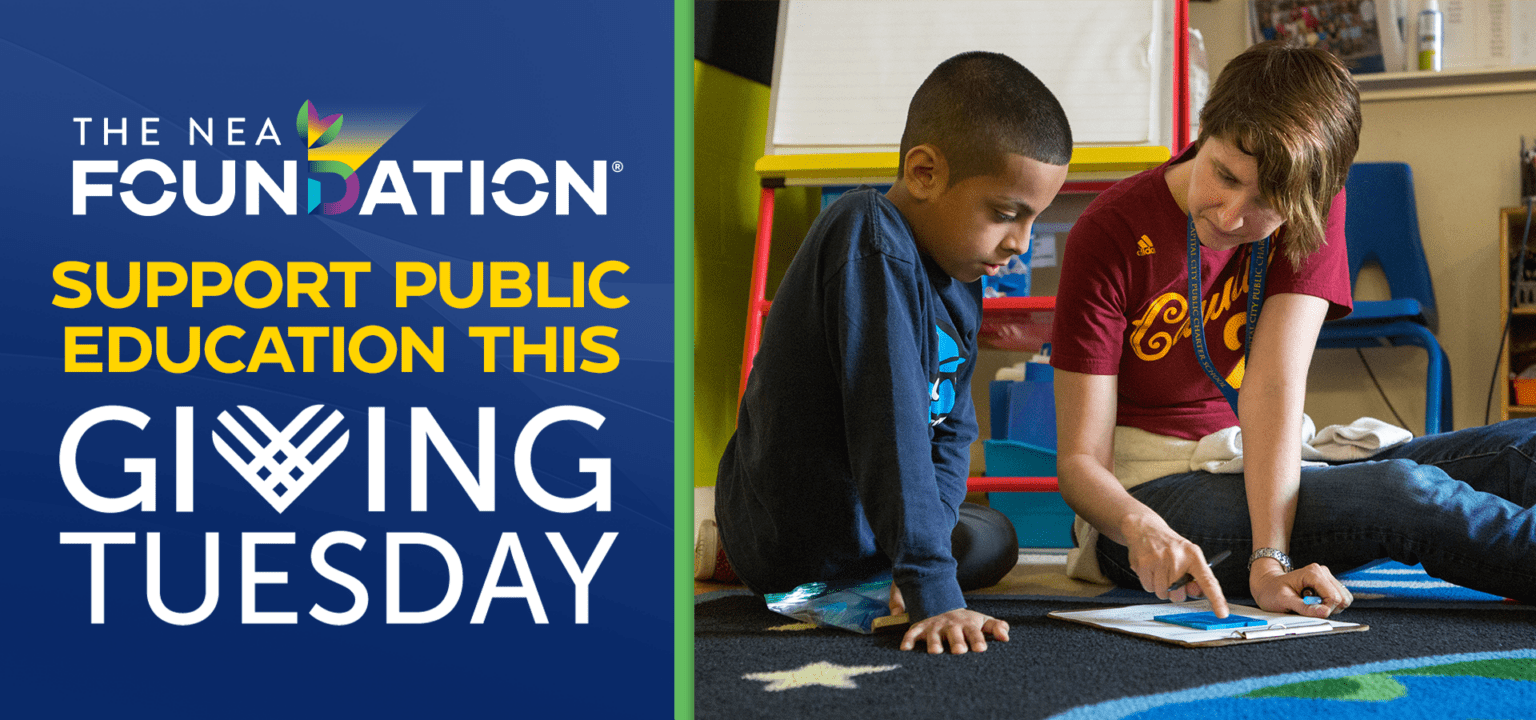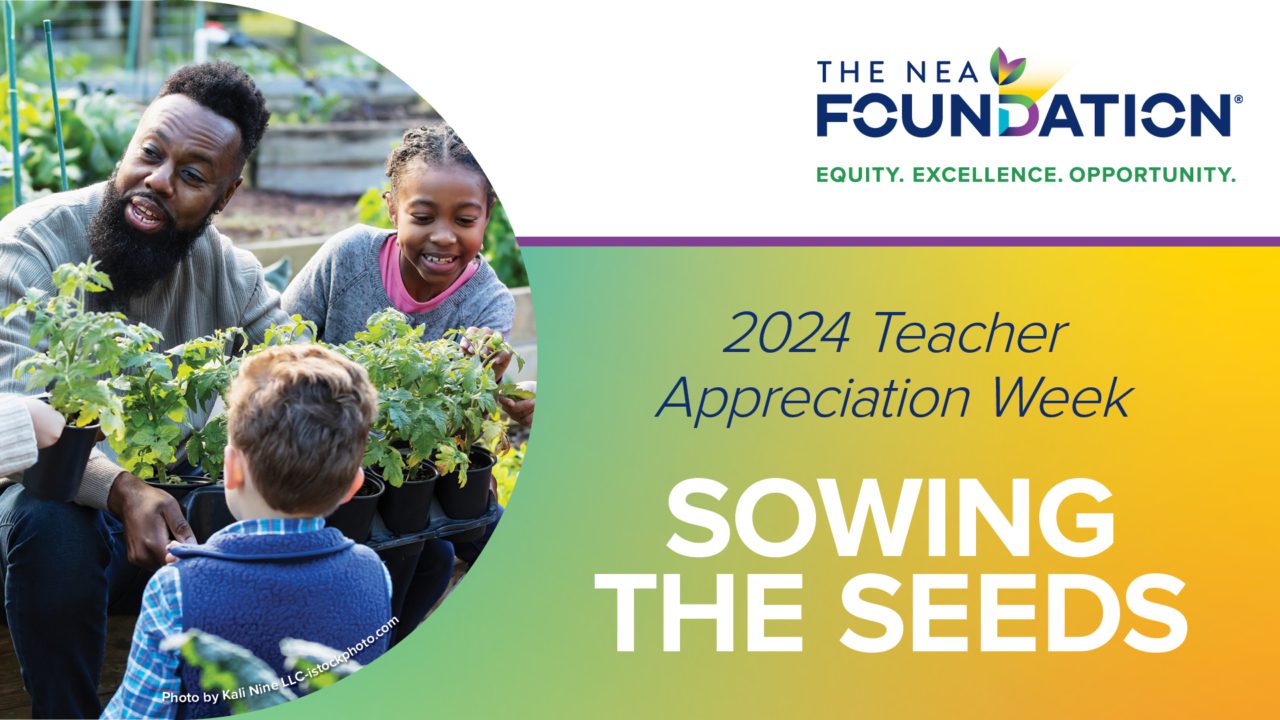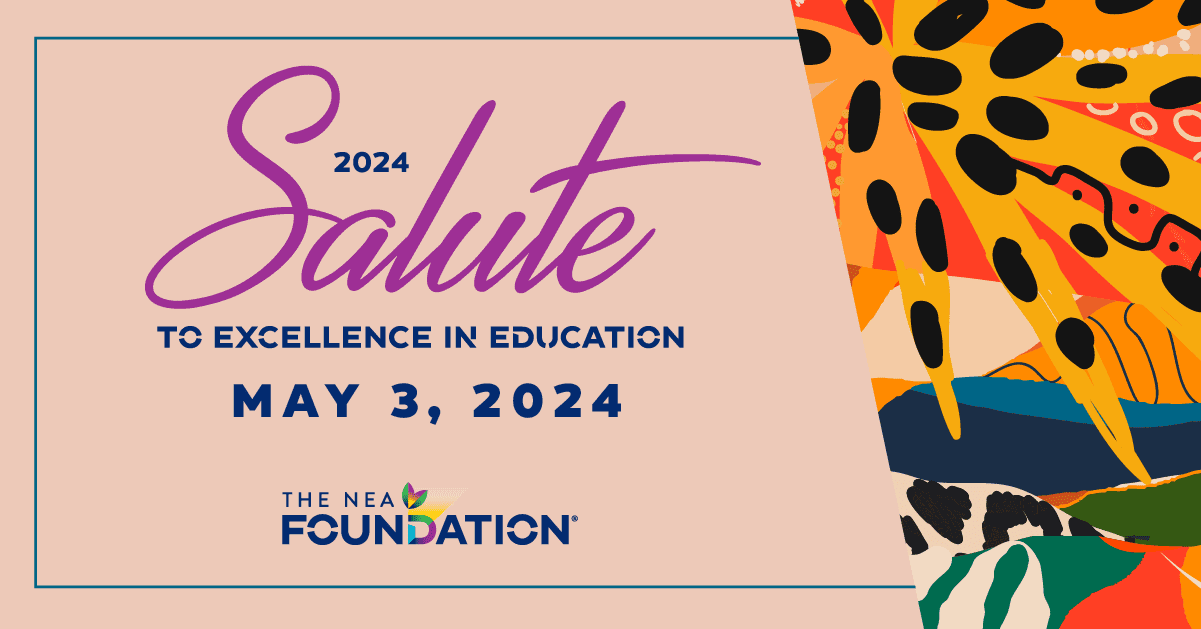By Sarah Davis, Pearson Foundation
On the bus ride to the hotel after our last dinner together in Hong Kong, we all had a chance to say goodbye.
Then, Kathy Welling of EF Tours had us each all clasp our own two hands in the way that felt most natural. She asked us to pay attention to the thumb that was on top. She told us to switch the clasp. We were to notice how that felt, and to recognize that, while it felt odd, it didn’t feel painful; it was just different. We then shook our hands and tried it again, then repeated the process of releasing and re-clasping. By the end of the exercise, the new clasp felt almost familiar. The exercise was a metaphor for the ATE teachers’ experiences during EF’s 10-day professional development tour.
any of the ATE teachers came into this experience with some knowledge of China, but they hadn’t really known what it felt like to be there. Before China, several ATE teachers expressed apprehension or a hesitance for what they expected they would see. None of them left with the same feelings that they had in the beginning. Many of them left with a new assessment of China, a new understanding of the educational system, and a new appreciation of the people who live there.
Below are a few of the ATE teachers’ overall impressions. Videos of some of these conversations and more written reflections will follow in the coming weeks.
“I feel that this global perspective is exceptionally important, but I rarely see my students showing interest in or curiosity about other cultures. I would venture that the students we have met this week know much more about the United States than our students do about modern China! As we travel through China, it becomes increasingly clear to me that my colleagues and I need to help our students learn more about China, and that we need to help them understand the importance of learning not only about the history but also about current issues around the world.”
Carol Margolis, English teacher, Massachusetts
“…My biggest moment of change occurred within the walls [of the Hong Kong Institute of Education Jockey Club Primary School]. As I listened to the philosophy of the school, one word stood out above the rest: LOVE. They included love in the equation for the complete education of the individual student. The teachers worked together to provide the students with an opportunity to present their ideas and talk about their thought processes as they worked on a project… I listened as the presenter talked of a project that involved reading and fundraising for the people of Japan… “Read to Feed.” The idea was for students to read and when they read, they raised money to send to Japan…[I realized that] the one thing needed in our recipe [for student education] is to focus on the individual child with LOVE being at the center.”
Sarah Johnston, language arts/journalism teacher, New Mexico
“We have all been impressed by just how eager these kids are to learn, how excited they are to learn; and they’re making it happen. It’s very exciting to see.”
Dave Bolster, science teacher, Texas
[Regarding the value of receiving the NEA Foundation’s Award for Teaching Excellence:]“It’s total introspection… it makes you [think]: what am I doing this for, what is my philosophy in education, what are my goals, where do I go? And, when someone recognizes you for it, [you think], wow, that is so cool, somebody appreciates me, and now I have got to live up to that. You can’t go back and be mediocre when 25,000 people have told you that you’re excellent. You have got to keep trying to be excellent and you have to keep encouraging excellence in your colleagues, too. It’s a self-perpetuating kind of thing.”
Sally Jones, English teacher, Germany
“We have so much to learn from this culture. For me, that has been the most valuable thing, just being able to immerse myself in this culture and interact with the students and our Chinese counterparts. The sensory experience is unmatched.”
Karen Gorringe, elementary teacher, Utah
“Among the things I’ve been focusing on with this trip are the visual arts and creativity, and how that’s expressed, and where we’re seeing that – both in the culture outside of the schools but also inside of the schools… Today, at the Hong Kong elementary school, we really saw some diversity in terms of the arts they were doing. In the visual arts, you could see, in the responses and the products the students were producing, a real diversity in terms of how they were responding, that personal creativity coming through, as opposed to art as creativity just because it’s a visual art form. I think that’s really important, and it matches very much with what they were espousing in terms of their curriculum focus, educating the whole child and letting the child do what’s best for them…”
Sarah Sutter, art and technology teacher, Maine
“This experience is truly a blessing. Everyone is kind and welcoming. Visiting the ancient sites has been inspirational. The Great Wall is one of the most amazing sites that I have ever seen. I videotaped our ascent up to the Wall and plan to share the clip with my students. The architecture of the ancient buildings will help me show, among other things, reflection and line symmetry in a geometry class.”
Mary Pinkston, math teacher, Delaware
“This entire experience has been incredible. It is amazing to travel with teachers from across the nation who care about students and education so deeply. We have communicated, collaborated, and shared ideas for our classrooms, school districts and public education. I feel like I can reach across the nation for ideas and collaborate with my new friends and colleagues to better the profession for all.”
Craig Williams, elementary teacher, Wyoming
“It was great to experience the kindness of the young students – the songs, stories and laughter were universal connectors.”
Drue Haarsager, social studies teacher, North Dakota
“What I’ve noticed in the schools we’ve visited is they have a lot of open corridors, which helps a lot with natural lighting. Environmentally speaking, it reduces lighting [costs]. I’ve seen, throughout the schools, fluorescent light bulbs used and, in one school in particular, we saw a green roof, [which was built] to reduce the thermal load on the school… I’ve seen a lot of efforts to reduce lighting loads, heat loads… and the openness, not only is it more environmentally friendly, but it also makes it more inviting for the students…so, they’re combining invitingness and warmth with environmental restrictions in order to reduce pollution levels.”
Brian Sievers, math/science teacher, Illinois
“There is an eagerness [in China]. Yesterday, when we walked through the park on the way to the market, we stopped. The tour guide was explaining the layout of things to us and there was an older woman…nicely dressed, an ordinary citizen, quietly looking for the wrought iron bars of the park; she was outside of the park and we were inside of the park…she was just a picture of loveliness, so I went over to take her picture. She looked into the camera and I took her picture. She didn’t speak English and I didn’t speak Chinese. When I was done, I simply circled my face, indicating I meant her face, and I said, ‘beautiful,’ and she said, ‘xie xie,’ which means she knew what I was telling her, even though she clearly didn’t know. That interaction, really, is what I think needs to happen. More Americans, more Chinese, face to face, talking, figuring stuff out, [even] without the language…we communicated that much… If we can have those kinds of interactions with ordinary citizens … maybe we can make changes in this world.”
Don Wilms, English teacher, Virginia
Pictures by Ariana Curtis and Ben Lewis

